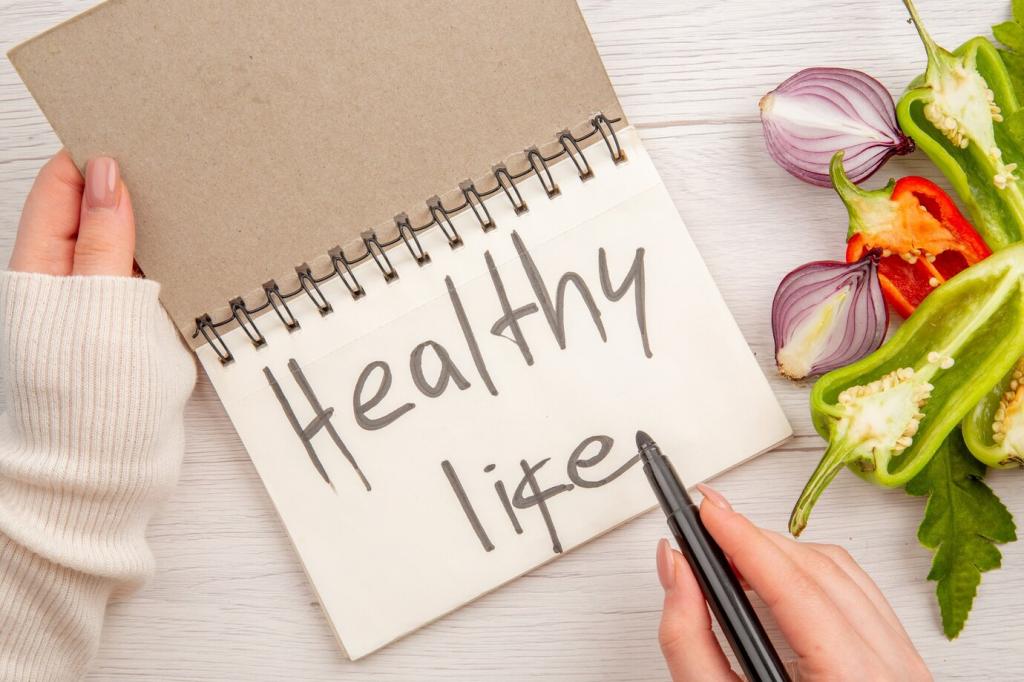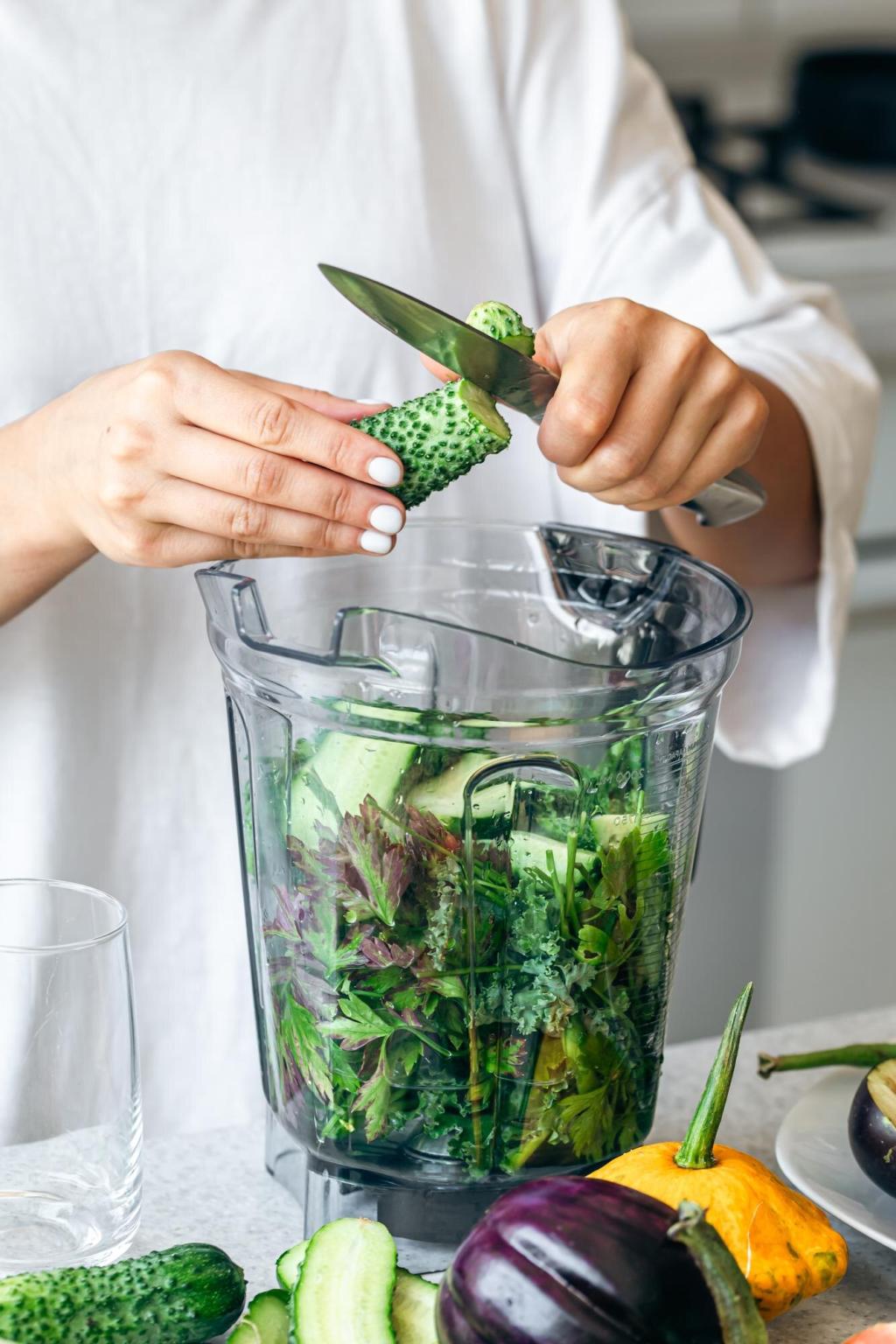Hydration Tips for Active Lifestyles
Chosen theme: Hydration Tips for Active Lifestyles. Welcome to your friendly hub for smarter sipping, steadier energy, and sweat-savvy routines that keep your body moving, your mind sharp, and your adventures joyful.
Why Hydration Powers Performance
Fluids help maintain blood volume, regulate temperature, and deliver nutrients to working muscles. Even mild dehydration can elevate perceived effort, making workouts feel harder than they should on any ordinary training day.
Maya used to bonk halfway through her weekend climbs. After planning steady sips and a pinch of electrolytes, she noticed steadier breathing, fewer cramps, and a happier mood at the summit, week after week.
What is the biggest hydration mistake you have made during training? Comment with your story and the tweak that fixed it, so others can avoid the same frustrating detours.

Pre-Workout Hydration Blueprint
About two hours before training, enjoy a moderate glass of water and a light, salty snack if you tend to sweat heavily. This helps top off fluid and sodium so your body starts balanced, not playing catch-up.
Pre-Workout Hydration Blueprint
Yes, you can keep your morning coffee. Just match caffeinated drinks with water and avoid chugging right before you head out, which can cause sloshing or bathroom breaks during your first interval set.
Pre-Workout Hydration Blueprint
Place your bottle where you will see it while prepping shoes or gear. Set a gentle reminder on your phone, and tell a friend your plan to build positive pressure and keep pre-workout hydration simple.


Hydrating While You Move
Aim for small, regular sips rather than big gulps. Start with a few mouthfuls every fifteen to twenty minutes and adjust based on heat, intensity, and how your stomach feels during longer or tougher sessions.
Hydrating While You Move
If your sessions last an hour or more, add electrolytes, especially sodium, to support fluid absorption and reduce cramping risk. Choose a drink you enjoy so you actually use it on real-world training days.
Recover Right: Post-Workout Rehydration

A practical rule is to drink gradually in the hours after training, aiming to restore comfortable thirst and light-colored urine. If you weigh before and after, replace losses with steady sips until you feel balanced.
Know the Signs: Dehydration vs Overhydration
Dehydration flags you should not ignore
Dry mouth, headache, dizziness, rising heart rate, and dark urine suggest you are behind on fluids. Slow down, sip steadily, and reassess your pace and environment rather than pushing through and digging a deeper hole.
Hyponatremia and how to avoid it
Drinking far too much plain water without sodium can dilute blood sodium levels. To reduce risk, match fluids to sweat rate, include electrolytes on long sessions, and let thirst, conditions, and experience guide you.
Listen to your body and your log
Keep notes on how much you drank, the weather, and how you felt. Patterns emerge quickly, helping you fine-tune the balance between too little and too much during your most demanding training blocks.

Design your environment
Keep a bottle within reach at your desk, in your bag, and by the door where you lace up. Add a slice of citrus or mint so drinking feels refreshing, not like another task on your busy list.

Travel-proof your hydration
Pack a collapsible bottle, hydrate before flights, and sip steadily in dry cabin air. On arrival, set a short walking routine and refill your bottle to reset your rhythm and shake off travel fatigue quickly.

Community accountability
Invite a partner or team to a simple hydration check-in. Share a daily photo or brief note about what worked. Consistency is contagious when friends cheer you on and celebrate the quiet wins together.
